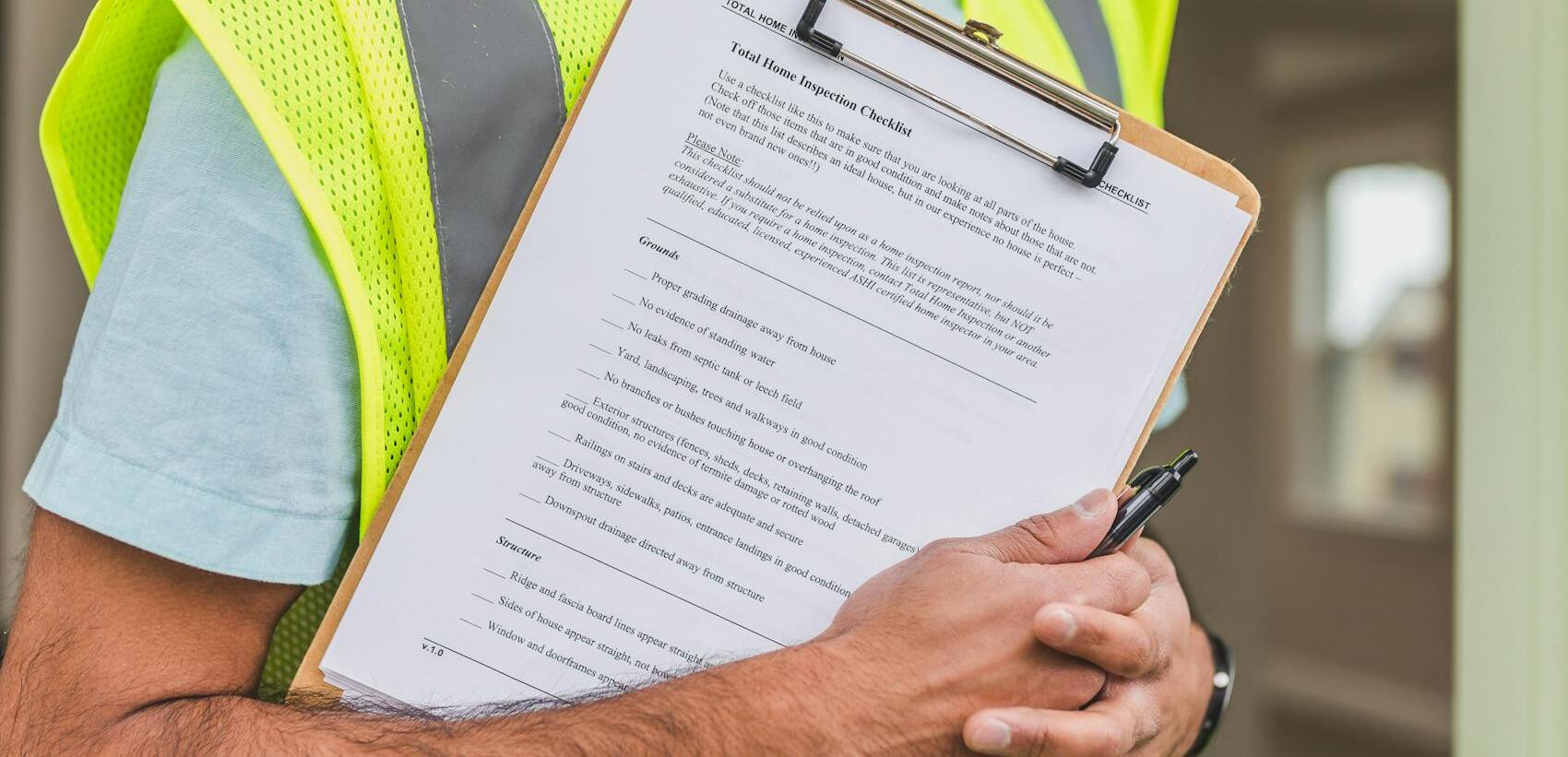Discovering that your neighbor’s fence encroaches on your property is a frustrating but delicate situation. It’s like finding out someone has been using your driveway as their own parking spot—unexpected and inconvenient– but with much higher stakes.
This scenario is more common than you might think, and it raises important questions about property rights, neighborly relations, and legal boundaries.
In this post, we’ll explore the steps you can take to address this issue and protect your property rights while maintaining neighborhood harmony.
Step 1: Confirm the Encroachment
Before taking any action, it’s crucial to confirm that the fence is indeed on your property. Property lines can be tricky, and what appears to be an encroachment might not be. Here’s how you can verify the situation:
Check Your Property Survey
A property survey is like a detailed map of your land. It shows the exact boundaries of your property. If you don’t have a recent survey, you might need to hire a professional surveyor. Think of a surveyor as a property detective, using specialized tools to determine precisely where your land begins and ends.
Review Your Property Deed
Your property deed contains a legal description of your land. However, interpreting this description can be like deciphering an ancient language – it often requires professional help to understand fully.
Look for Property Markers
Sometimes, there are physical markers at the corners of your property. These might be buried metal rods or concrete monuments. Finding these is like discovering the X that marks the spot on a treasure map – they can help you visualize your property lines.
Step 2: Understand the Implications
Once you’ve confirmed the encroachment, it’s important to understand what it means for you as a property owner. An encroaching fence isn’t just a minor inconvenience – it can have serious legal and financial implications:
- It may affect your property value
- It could create issues when you try to sell your home
- If left unaddressed, it might lead to a legal concept called “adverse possession” (more on this later)
Step 3: Consider Your Options
Now that you’ve confirmed the encroachment and understand its potential impact, let’s explore your options. Remember, the goal is to protect your property rights while maintaining a civil relationship with your neighbor if possible.
Option 1: Have a Friendly Conversation
Often, the best first step is simply talking to your neighbor. They may not be aware that their fence is on your property. Approach the conversation with a calm and cooperative attitude. Think of it as if you’re both on the same team, trying to solve a puzzle together.
Here’s how you might start the conversation:
“Hi [Neighbor’s Name], I hope you’re doing well. I recently had a survey done of my property, and it looks like there might be an issue with the fence. Would you have some time to discuss this?”
Be prepared to show them your evidence, like the survey results. Often, neighbors are willing to correct honest mistakes to maintain good relationships.
Option 2: Negotiate an Easement Agreement
If moving the fence would be particularly difficult or expensive, you might consider granting your neighbor an easement. An easement is like giving your neighbor permission to use a small part of your land. It’s a legal agreement that allows them to keep the fence where it is, usually in exchange for some form of compensation.
For example, you might agree to let the fence stay in exchange for your neighbor maintaining that strip of land or paying you a one-time or annual fee. This can be a win-win solution if you’re not using that part of your property anyway.
Option 3: Request Fence Removal or Relocation
If a friendly conversation doesn’t resolve the issue, you may need to formally request that your neighbor move the fence. It’s best to do this in writing. Your letter should:
- Clearly state the problem
- Provide evidence of the encroachment
- Request that they move the fence within a reasonable timeframe
- Maintain a polite and professional tone
Remember, the goal is to solve the problem, not to start a neighborhood feud.
Option 4: Seek Mediation
If direct communication doesn’t work, consider using a neutral third party to mediate the dispute. Mediation is like having a referee in a sports game – someone impartial who can help both sides come to an agreement. Many communities offer low-cost mediation services that can help neighbors reach a solution without going to court.
Option 5: Legal Action
If all other options fail, you may need to take legal action. This typically involves filing a “quiet title” lawsuit. Think of this as asking a judge to be the final arbiter in your property dispute. The judge can officially establish your property boundaries and potentially order the removal of the encroaching fence.
However, litigation should generally be a last resort because:
- It can be expensive and time-consuming
- It will likely damage your relationship with your neighbor permanently
- The outcome is not guaranteed, especially if the fence has been in place for many years
Important Considerations
Adverse Possession
In Ohio, if a neighbor has been using a portion of your land openly and continuously for 21 years, they may be able to claim ownership of that land through a legal concept called adverse possession. It’s like a “finders keepers” rule in property law, but with very specific requirements. This is why it’s important to address boundary issues promptly.
Permissive Use
If you knowingly allowed your neighbor to build the fence on your property in the past, it might complicate your case. This is called “permissive use,” and it’s like giving someone permission to use your driveway – it can be hard to take back once granted.
Local Regulations
Check your local zoning laws and fence regulations. Sometimes, these can provide additional leverage in resolving disputes. For example, if the fence violates local height restrictions, this might give you another angle to approach the problem.
Documentation
Throughout this process, keep detailed records of all communications, surveys, and any agreements made. Think of this documentation as your safety net – it could be crucial if you eventually need to take legal action.
Hiring a Real Estate Lawyer
While this guide provides a general overview of your options, every situation is unique. The specific details of your case – the extent of the encroachment, your relationship with your neighbor, local laws, and many other factors – all play a role in determining the best course of action.
That’s why it’s often wise to consult with a real estate attorney, especially if:
- The encroachment is significant
- Your neighbor is uncooperative
- You’re considering legal action
- The fence has been in place for many years
- You’re unsure about your property rights
An experienced real estate attorney can provide guidance tailored to your specific circumstances, help you understand your rights, and navigate any legal processes if they become necessary.
Resolving Fence Disputes with Cavell Law
Discovering that your neighbor’s fence is on your property can be stressful, but remember – you have options. By approaching the situation calmly and methodically, you can protect your property rights while maintaining neighborhood peace.
Start with friendly communication, consider compromise solutions like easements, and only move to more formal measures if necessary. Throughout the process, stay informed about your rights, and don’t hesitate to seek professional legal advice when needed.
At Cavell Law, we are here to help. Our team can guide you through each step of resolving your fence dispute, ensuring your property rights are protected while striving for the most amicable resolution possible. Don’t let an encroaching fence compromise your property rights – contact us today for a consultation.










